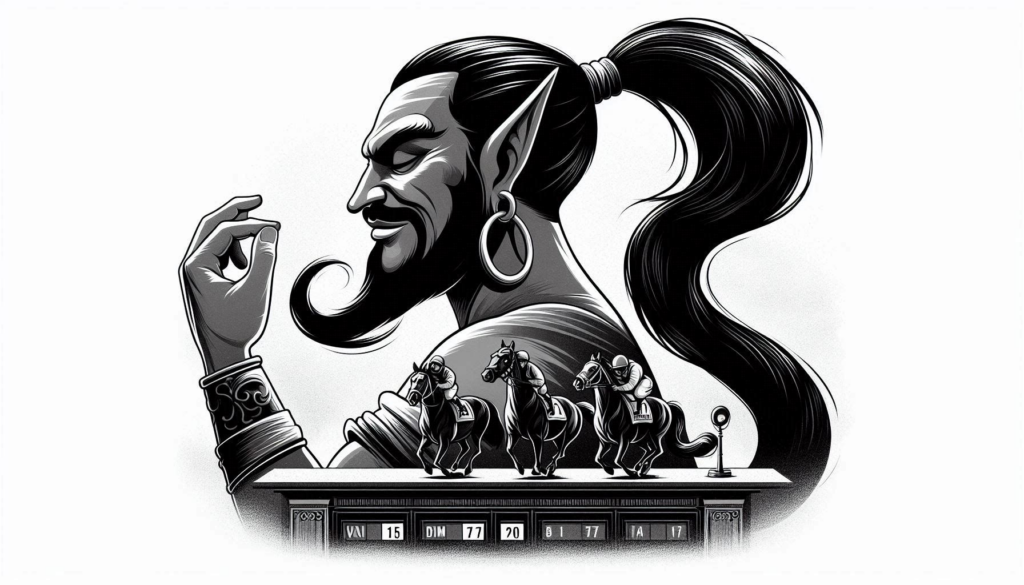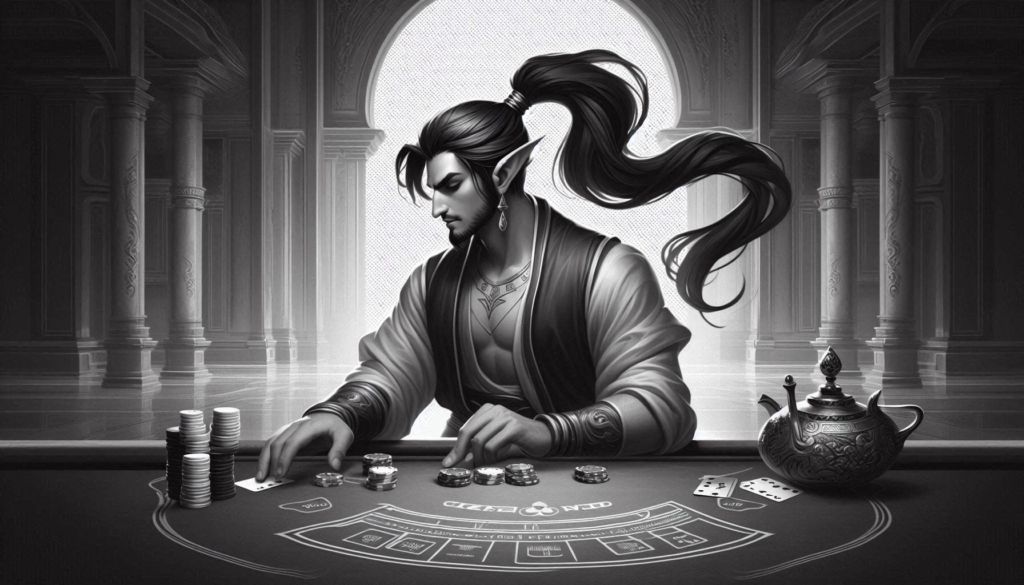
Horse racing has long been a favoured pastime for bettors seeking both excitement and the chance for a lucrative return on their wagers. Navigating the vast sea of form guides and information might seem daunting at first, but with the right approach, analysing form guides can become more straightforward and enjoyable than you may think. Here’s your essential guide to horse racing form analysis.
1. Understand the Basics of the Race
Before diving into the specifics, it’s crucial to understand the general context of the race. This includes:
- Type of Race: Understand whether it is a flat race, jump race, or a harness race, as different types will suit different horses.
- Class of the Race: Races are graded or rated, and a horse stepping up or down in class can be significant.
- Distance: Different horses perform differently over varying distances. Make sure the horse has shown competency in the race distance.
2. Examine the Horse’s Recent Form
The recent form of a horse is often the best indicator of its current performance level:
- Last Few Runs: Review the horse’s last three to five races. Look for patterns in performance, like consistent placements or unexplained poor performance.
- Progression: Is the horse improving, consistent, or declining in performance?
- Winning Track Record: Horses that have previously won or placed well in similar races or conditions tend to perform better.
Genie recommends
- Global sportsbook & casino.
- Punt with over 20 cryptocurrencies + fiat.
- Frequent promotions & cashback offers.
- Global availability & language support.
- Over 3,000 casino games & live casino.
Find out more

3. Assess the Trainer and Jockey
The influence of the trainer and jockey can significantly impact a horse’s performance:
- Trainer Form: Some trainers are more successful with particular types of horses or classes of races. Look for trainers with a high strike rate.
- Jockey Impact: An experienced jockey can make a big difference. Consider jockeys who have a history of success at the particular track or distance.
4. Consider the Horse’s Condition
The physical condition of the horse can influence its performance:
- Fitness Levels: Horses just returning from a long break might need a run or two to reach peak fitness.
- Injuries: Be wary of horses returning from injury. Check if they have been eased into competition slowly.
5. Evaluate Track Conditions
Each track has unique conditions that might suit some horses over others:
- Ground Preference: Some horses prefer firm ground, while others may excel on softer surfaces. Understanding your horse’s preference and the current track conditions is crucial.
- Track Bias: Certain tracks may have quirks or biases (e.g., favouring front-runners or those on the rail), which can affect race outcomes.
6. Head-to-Head Comparisons
See how horses have performed against each other in the past:
- Past Matchups: Look at previous races where the horses have competed against each other. Patterns and trends can often be identified.
- Similar Conditions: Analyse how these horses fared when the conditions were similar to the current race.
7. Market Movers and Odds
The betting market can offer valuable insights:
- Odds Movement: A significant shift in odds can indicate inside information or strong betting interest.
- Public vs. Professional Betting: Separate public sentiment from informed betting, which often causes fluctuations in odds.
Conclusion
Analysing horse racing form information doesn’t have to be an overwhelming task. By focusing on these key areas, you can make more informed decisions and increase your chances of placing successful bets. Remember, while no system is foolproof, knowledge and strategy play a crucial role in responsible betting. Happy punting!

